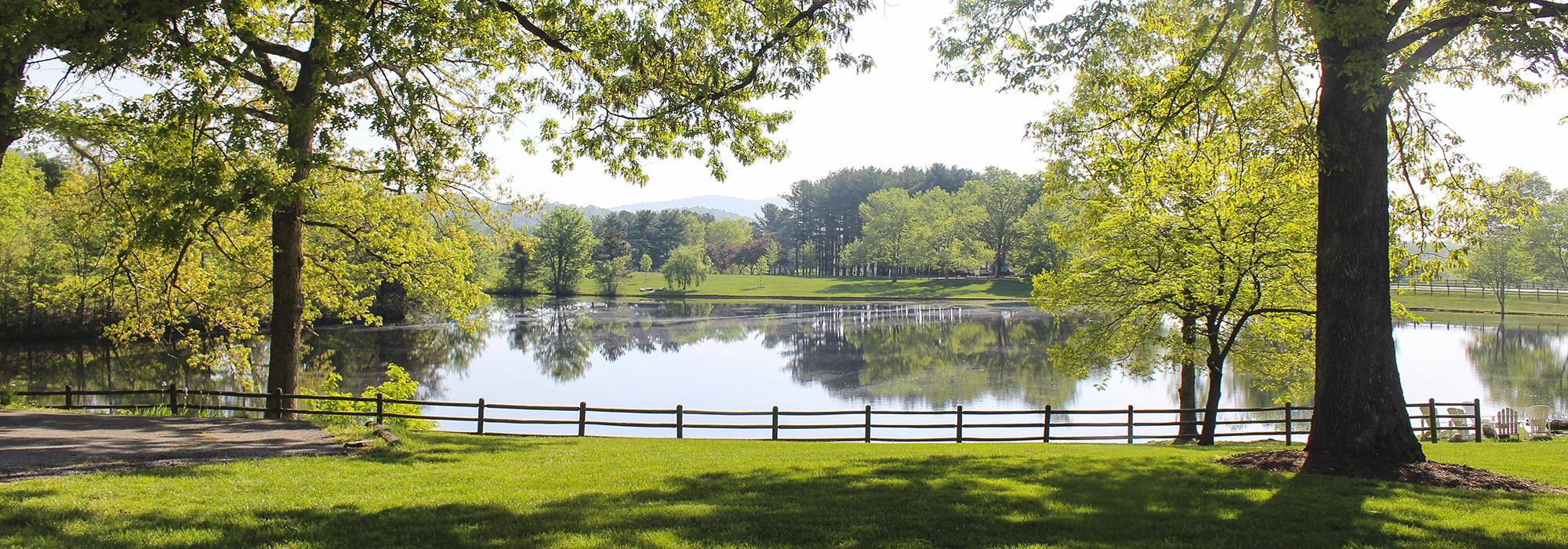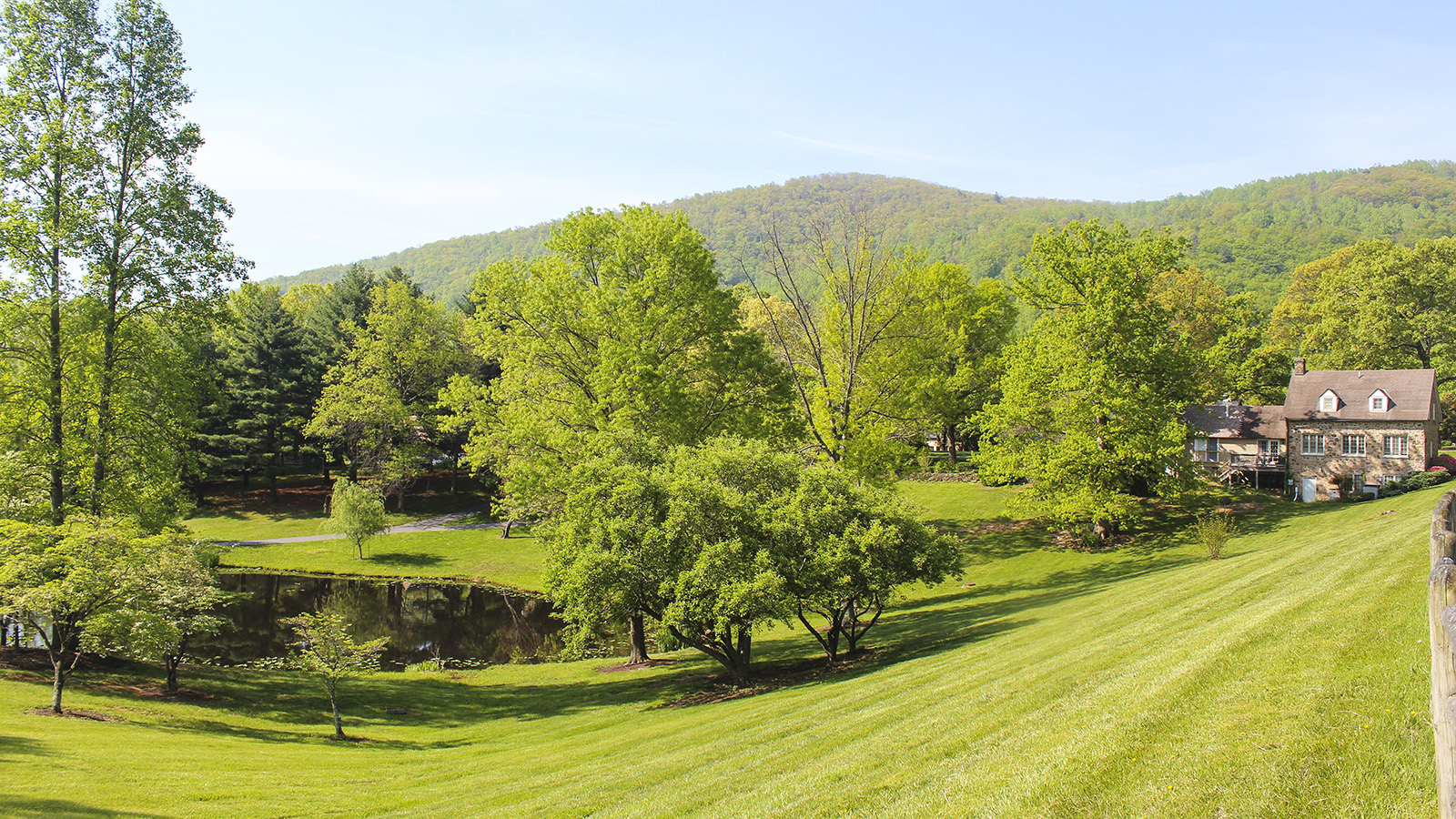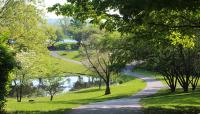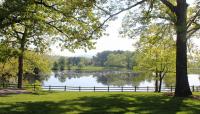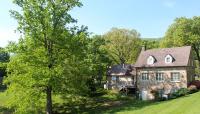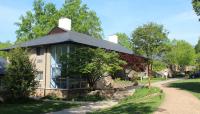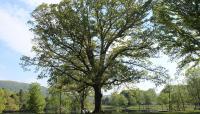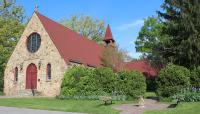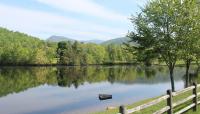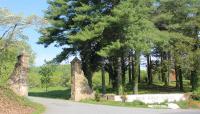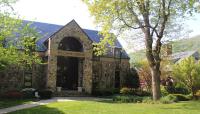Landscape Information
Nestled into a hollow of the Blue Ridge Mountains some 20 miles northwest of Charlottesville, this boarding school was founded in 1909 by Reverend George Pickett Mayo as part of the Episcopalian mission in remote lands west of Virginia’s Piedmont. Seeking to educate the impoverished, Mayo acquired a 148-acre parcel and moved into an existing farmhouse to commence construction. Within a year, 35 students were enrolled and a classroom, an office, a commissary, a blacksmith shop, and a mill were established. Amidst rolling hills, stands of mature trees, and agricultural fields, a rectory, a hospital, and an auditorium were added. In 1925 architect Ralph Adams Cram donated a design for a stone chapel, which was completed two years later, just a short distance north of the main building cluster. Built largely through student labor, the project was supervised by architect Stanislaus Makielski, who later designed a house for the headmaster—completed in 1934—and used later as a dormitory. These two structures were listed on the National Register of Historic Places in 1993. Makielski also designed the stone entrance gates, completed in 1940.
Through the years, the campus continued to develop with the construction of a lake in 1961, the addition of several buildings, and the acquisition of land. Today, at 750 acres, the campus core is surrounded by pasture and stands of trees. On a plateau adjacent to the lake, a lawn is framed by a staggered allée of elm and maple, framing the chapel to the northwest. Irregularly shaped beds of ornamental perennials and paved pathways lie between the buildings and lawn. Athletic facilities including a swimming pool and tennis courts are located on the southeast section of the campus.



